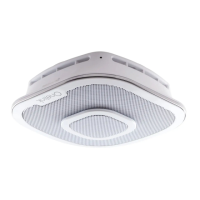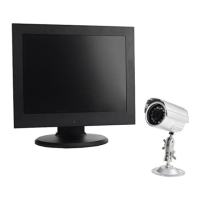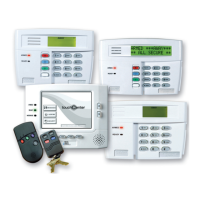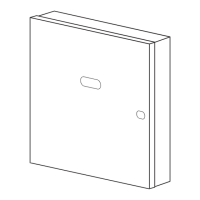8
Where Not to Install
Do Not Place Your Smoke & CO Alarm:
• In garages, furnace rooms, crawl spaces and unfinished attics. Avoid extremely dusty, dirty or greasy areas.
• Where combustion particles are produced. Combustion particles form when something burns. Areas
to avoid include poorly ventilated kitchens, garages, and furnace rooms. Keep units at least 20 feet (6
meters) from the sources of combustion particles (stove, furnace, water heater, space heater) if possible.
In areas where a 20 foot (6 meter) distance is not possible – in modular, mobile, or smaller homes, for
example – it is recommended the smoke alarm be placed as far from these fuel-burning sources as
possible. The placement recommendations are intended to keep these alarms at a reasonable distance
from a fuel-burning source, and thus reduce “unwanted” alarms. Unwanted alarms can occur if a smoke
alarm is placed directly next to a fuel-burning source. Ventilate these areas as much as possible.
• Within 5 feet (1.5 meters) of any cooking appliance. In air streams near kitchens. Air currents
can draw cooking smoke into the smoke sensor and cause unwanted alarms.
• In extremely humid areas. This alarm should be at least 10 feet (3 meters) from a shower, sauna,
humidifier, vaporizer, dishwasher, laundry room, utility room, or other source of high humidity.
• In direct sunlight.
• In turbulent air, near ceiling fans or open windows. Blowing air may prevent CO/smoke from reaching the sensors.
• In areas where temperature is colder than 40˚ F (4.4˚C) or hotter than 100˚ F (37.8˚C). These areas include non
air conditioned crawl spaces, unfinished attics, uninsulated or poorly insulated ceilings, porches, and garages.
• In insect infested areas. Insects can clog the openings to sensing chamber.
• Less than 12 inches (305 mm) away from fluorescent lights. Electrical “noise” can interfere with the sensor.
• In “dead air” spaces. See below for additional information.
• On walls.

